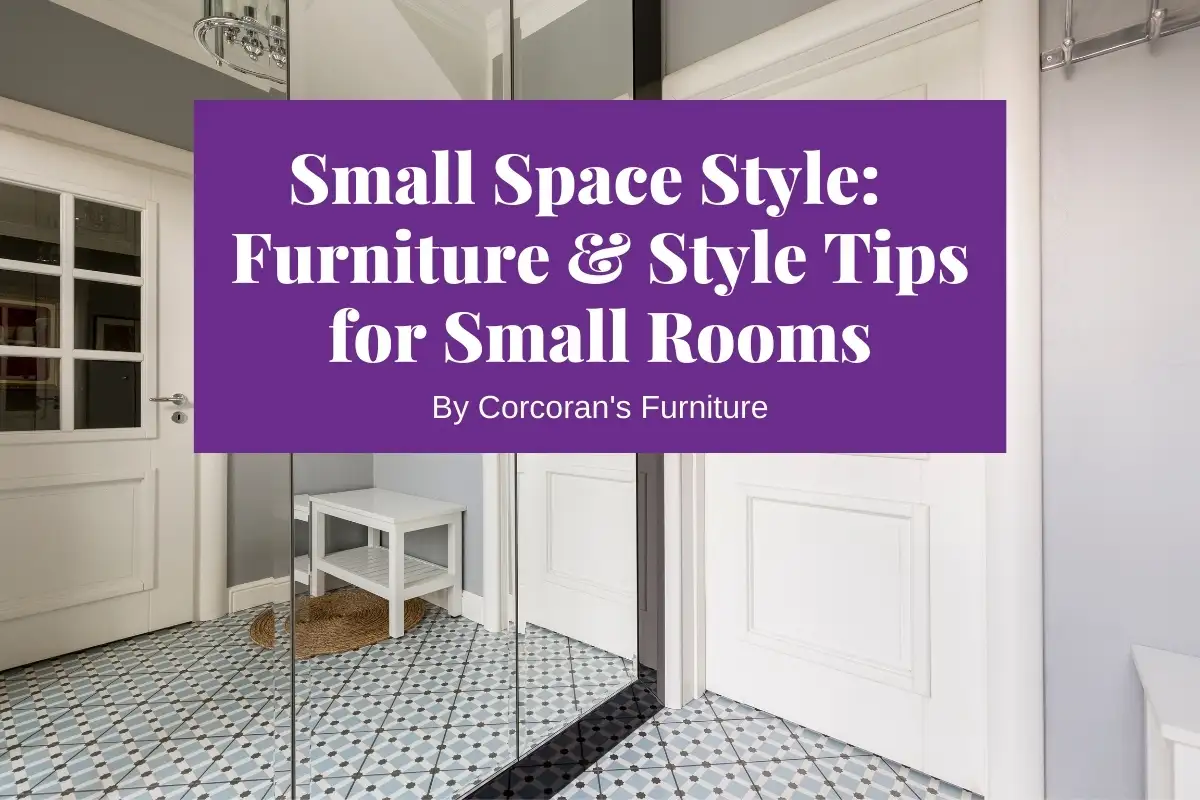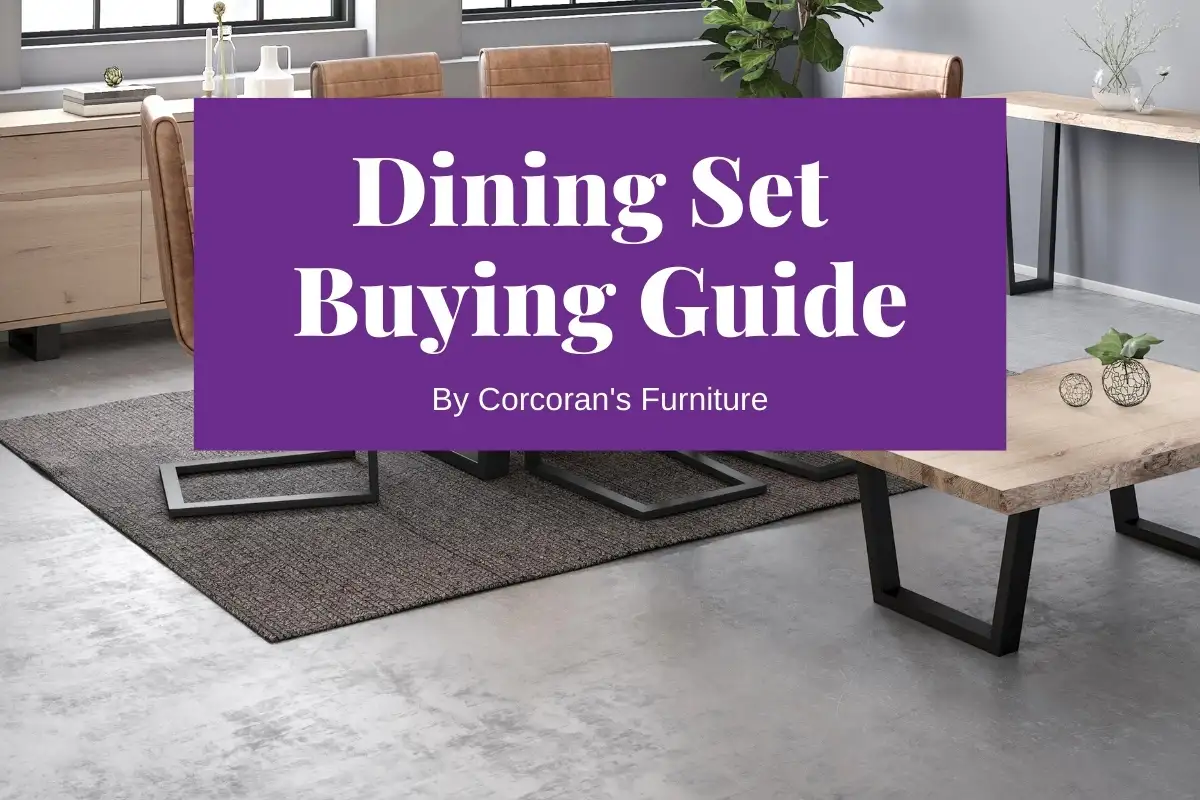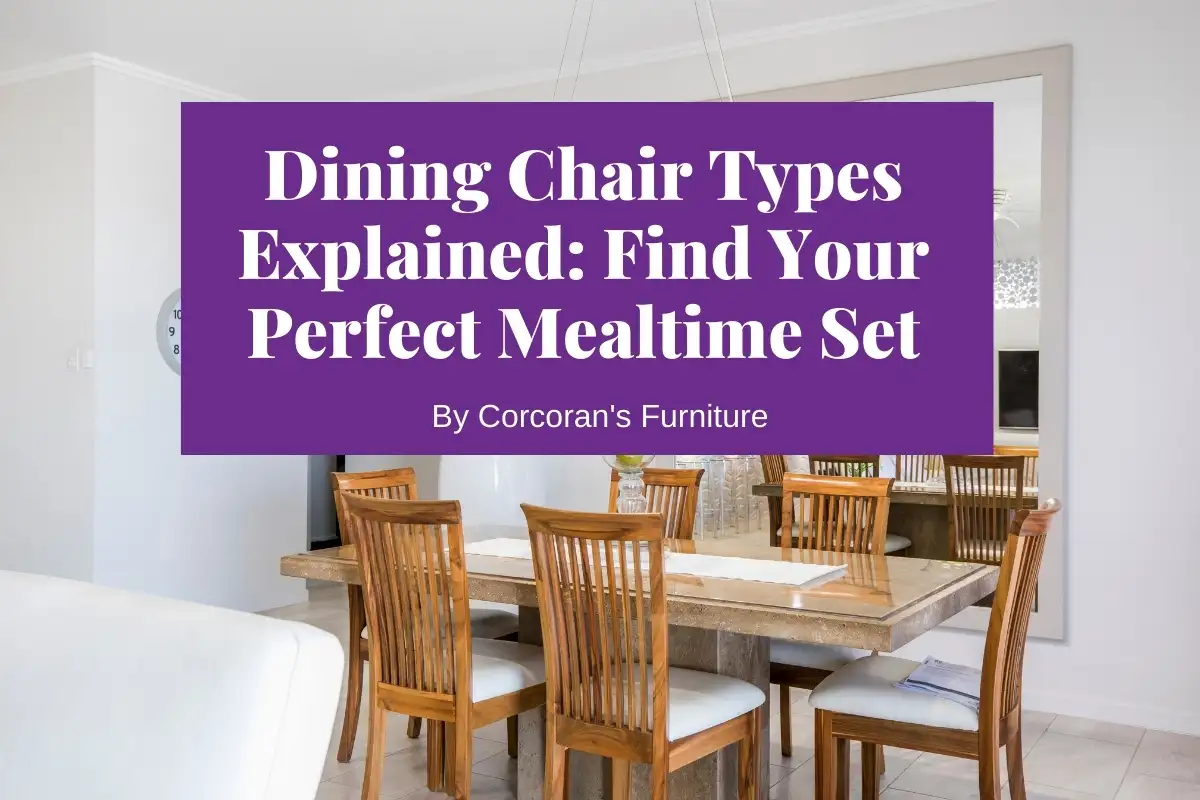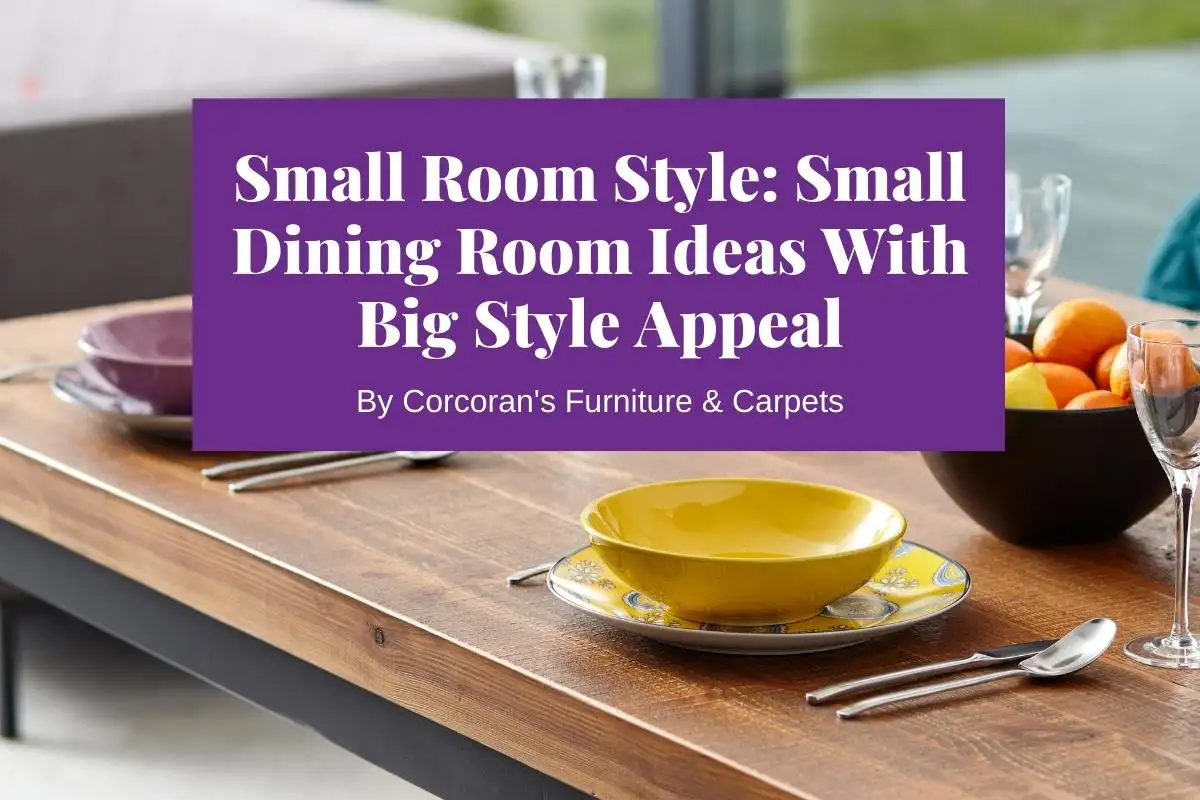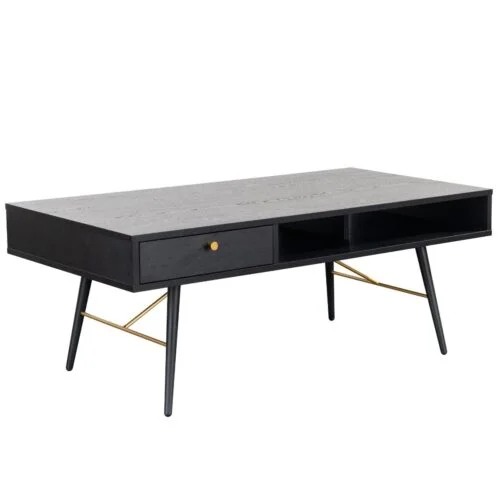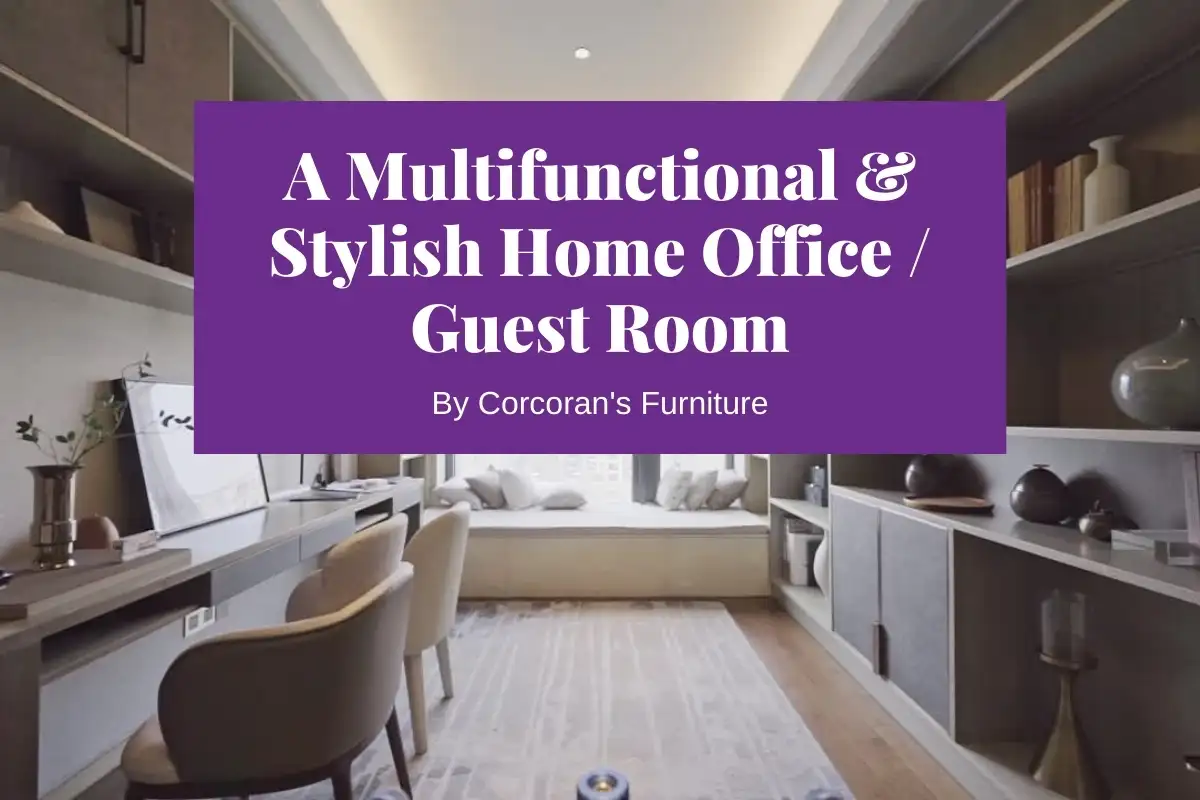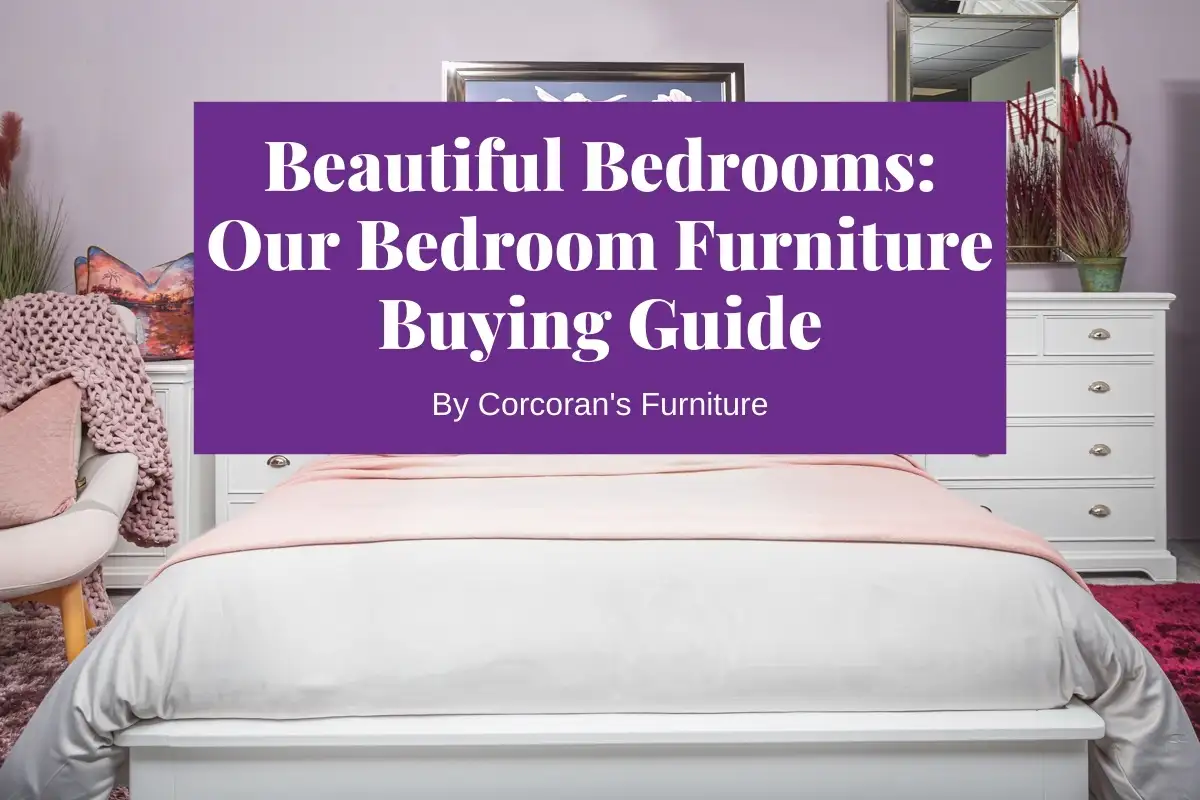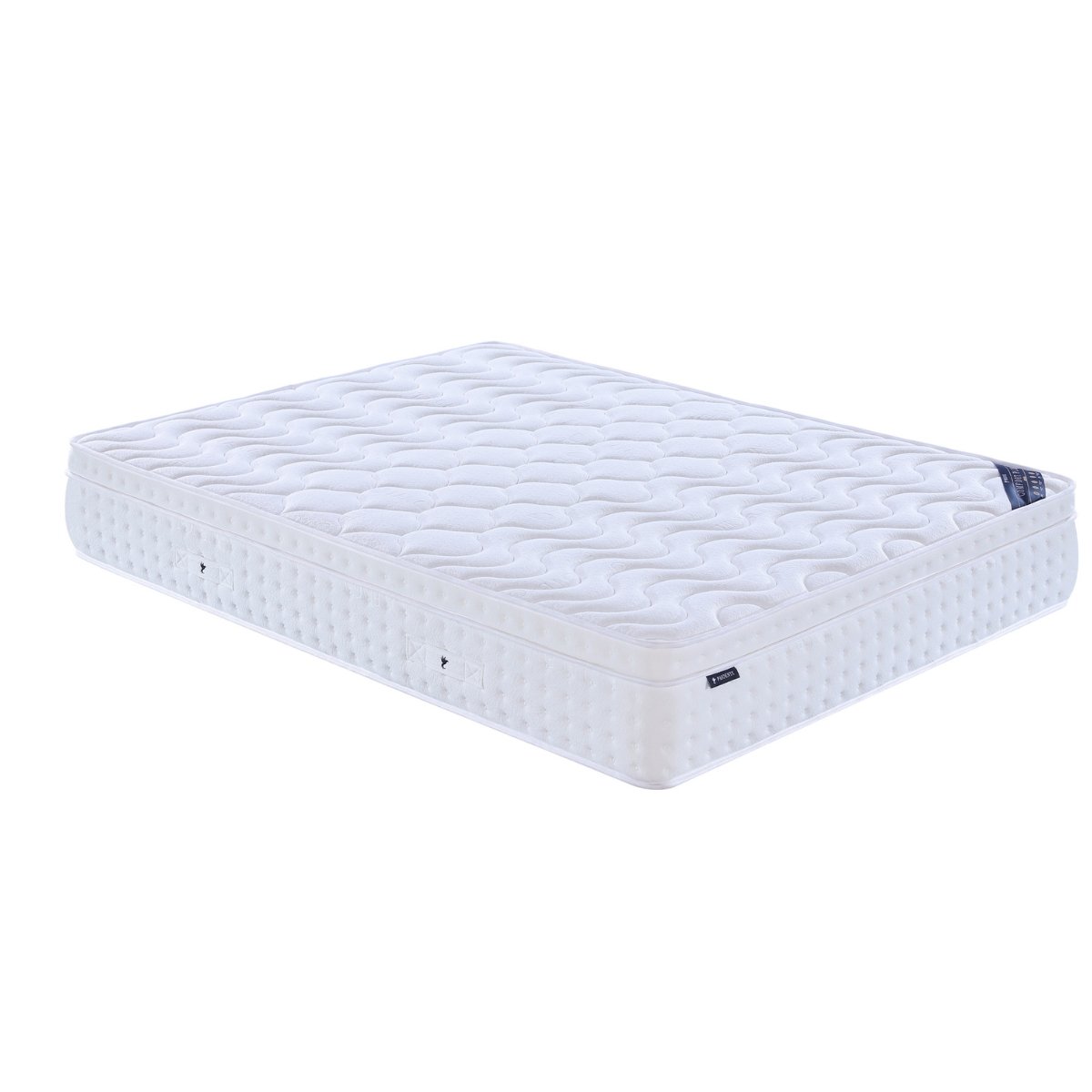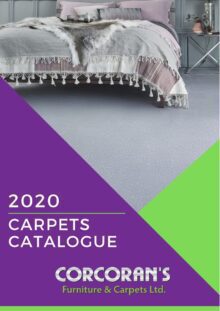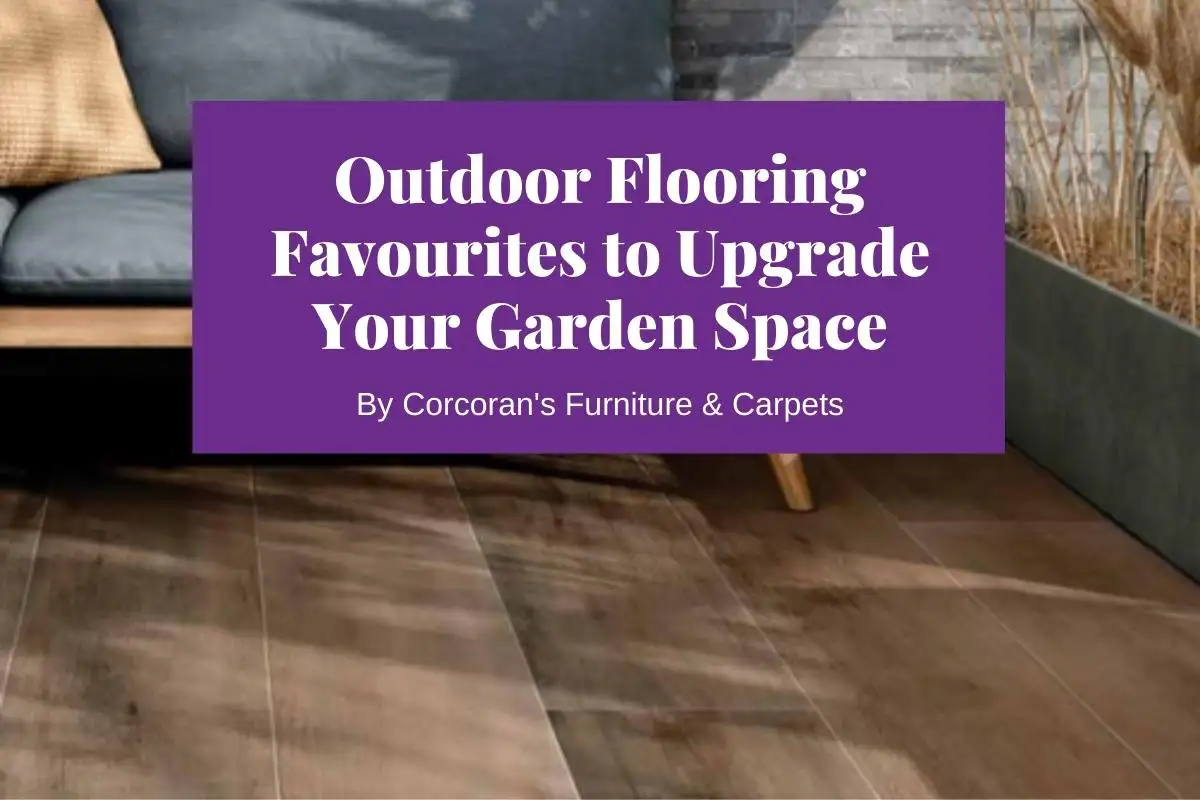Ultimate Comfort Meets Functionality: Top Sofa Considerations for the Perfect Balance of Comfort and Versatility
One of the most important things to consider when searching for a new sofa is how to find the right balance between comfort and versatility, and prior to setting off on your sofa shopping journey, it is a good idea to think about what your priorities are. For example, are you buying a sofa purely for comfort, or do you like to entertain friends and family? Or perhaps you want to find a sofa that maximises your space or one that doubles up as a pull-out bed.
No matter what your sofa goals are, you will be spending quite a bit of time relaxing, lounging, watching TV, and socialising on this invaluable piece of furniture. So, choosing one that will last and that will fit in with your lifestyle is key.
In this blog we will look at the top things to consider when shopping for the ultimate sofa, and we will outline what to look for when seeking the ideal balance between comfort and versatility.
Size and positioning of your sofa
One of the first things you will need to do when searching for your dream sofa is consider the size and shape of your living space. It is important to measure the height and width of the room and to take note of features such as windows, fireplaces, and alcoves, as well as the size and position of any other furniture. This will help to ensure that your sofa will fit perfectly and comfortably in your space.
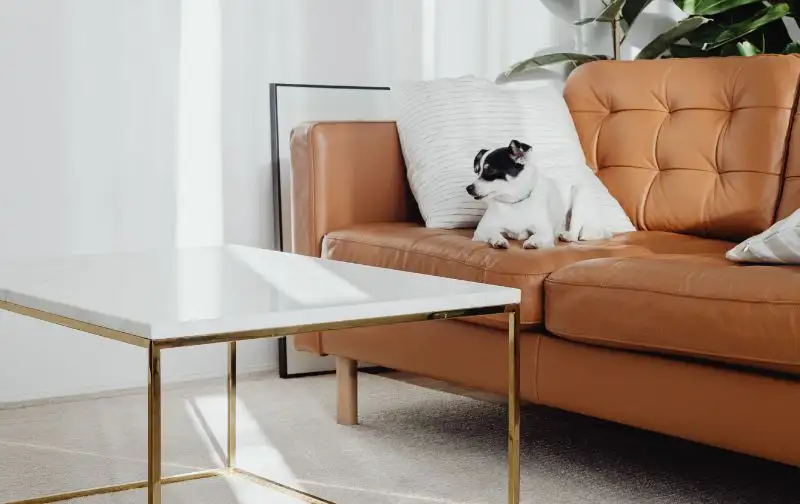
You will want to be able to move freely around your room, and a good rule of thumb is to leave approximately 30 inches between each item of furniture so that you will have plenty of space.
If you have a larger area, then you can position the furniture away from the walls so that it ‘floats’ in the centre of the room. Alternatively, if you live in a smaller space, it would be wise to avoid bulky furniture, so as not to make your room too congested.
Rounded furniture will also work best in smaller areas, as it softens the space, and there are plenty of smaller sofa options to choose from that never compromise on design, such as trendy loveseats or a gorgeous chaise lounge.
Another thing to factor in is how many people will be using your sofa. For example, do you have several people living in the home, or are you living in a smaller apartment? A modular or sectional sofa will work great for large numbers, and, in general, placing seats opposite each other, no more than 8 feet apart, will create a cosy and social atmosphere.
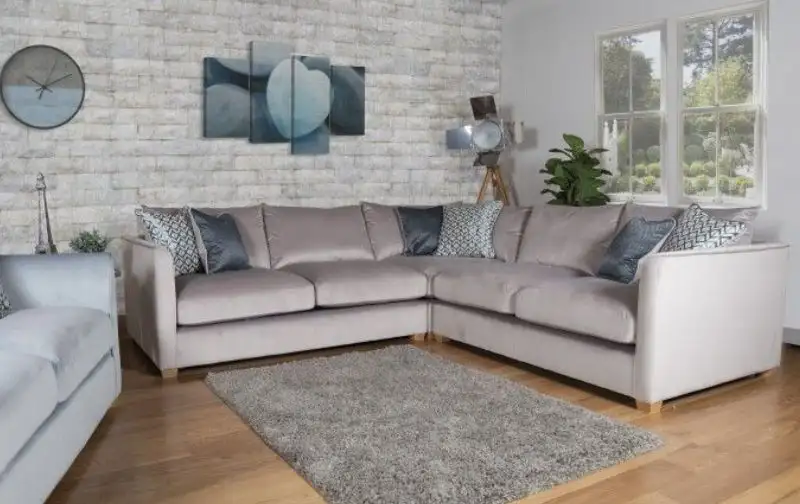
Letting as much natural light into the room as possible is key in any space, as it will promote positive energy and help to lighten and brighten the area. Therefore, avoid placing the back of the sofa against any windows, as this would block the light and general ‘flow’ of the room. This will also help you avoid any potential drafts or chills in the colder months. It is also a good idea to leave at least 2-3 feet between your fireplace and your sofa, as this will allow the heat to circulate and you won’t get too hot or too cold.
Frame and construction
The frame of the sofa is similar to the foundation of your house; it will determine the shape and quality of everything else that is built around it, in this case, the construction and design of the sofa.
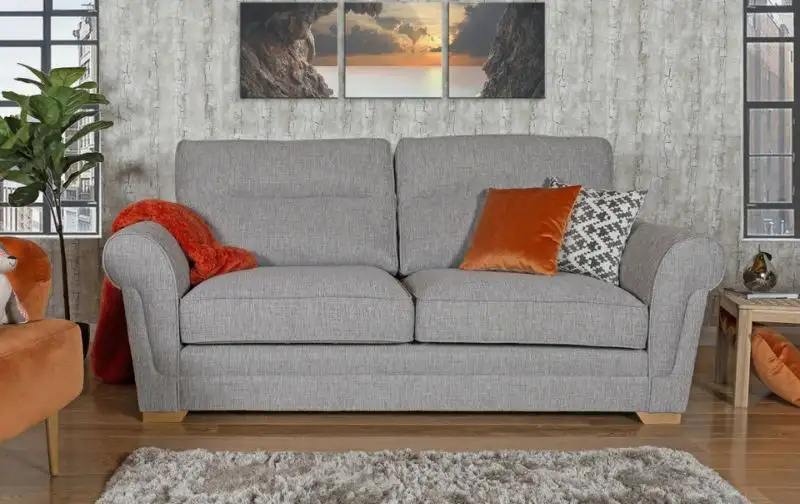
Here are some factors to consider when selecting high-quality materials for your sofa:
- Durability: No matter what sofa type you choose, it is necessary to make sure that the frame and construction are durable and solid, as this will help to lengthen the lifespan of your sofa.
- Materials: High-quality sofas use kiln-dried hardwood frames and reinforced joints. Some also have a box base called a ‘plinth’, which is commonly found in contemporary sofas.
- Quality: Sofas that have softwood frames or metal and plastic may look great upon purchase, but they may not stand the test of time. They may warp or crack after years of use, particularly if you have a lot of footfall in the home.
- Stability: Aim to purchase a sofa whose joints are reinforced with screws or corner blocks, as this will provide extra stability.
- Sturdy suspension system: Choose a sturdy suspension system, such as sinuous springs or uni-directional webbing. If your budget permits it, opt for an eight-way hand tied suspension system, which features coils that have been hand-tied in every direction. A solid suspension system will increase the comfort and longevity of your sofa, and it will withstand regular wear and tear for many years to come.Remember, quality outsmarts quantity every time, so it’s a good plan to invest in a high-quality sofa that has been crafted with the most durable and trusted materials on the market.
Cushions and upholstery
When you think of comfort on sofas, cushions and upholstery instantly spring to mind. The comfiest sofa cushions include dense foam or a mixture of foam and down feathers. If you are looking for a lot of support, then high-density foam will provide excellent structure. On the other hand, down will give a gentler, more luxurious feel. A great way to test the comfort of your future sofa is to lie down on it. The cushioning should mould around your body, but it should still retain its shape after you stand back up again.

You will be spoiled for choice when it comes to upholstery material options for your sofa, and the texture and fabric that you choose will make a huge difference to your comfort levels. Luxurious fabrics come in an array of colours and patterns and will complement your space no matter what your décor style is, and materials such as cotton, velvet, and leather will all create a plush and cosy feel.
Your lifestyle will also influence the upholstery you opt for; for example, a leather-covered sofa will be durable and easy to clean, this may be useful if you have small children or pets. Equally, if you want to create an inviting and cosy atmosphere, you have the option of adding extra cushions, throws, and pillows.
Style and design
Your sofa should fit in with your décor no matter what style you prefer; therefore, it is important to consider your overall design aesthetic prior to selecting your sofa.
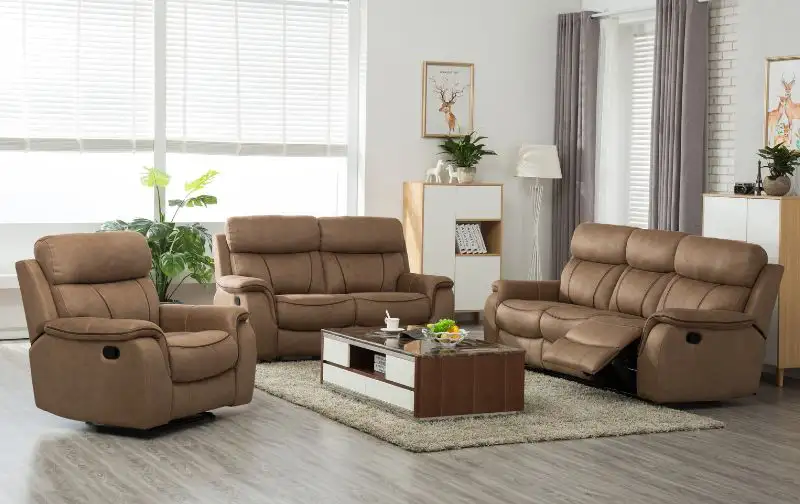
Once you have narrowed down your sofa search and have selected your favourite style, be it mid-century modern, traditional, contemporary, minimalist, or scandi; then think about the additional features you would like, for example, the shape of the legs and arms, the height and width of the sofa, and the use of cushions, fabrics, colours, and textures. All of these selections are down to your own personal preferences and design style, so let your creativity shine, and make sure to choose a sofa that you love.
Versatility in your sofa
Furniture design has increasingly focused on versatility in recent years, this is mostly due to space restrictions as well as the change in the design of houses and buildings in general. Selecting a sofa that strikes the right balance between comfort and versatility is a great way to maximise the use of the space available to you, and, as modern living has shown us, the increasingly popular multitasking sofa is here to stay.
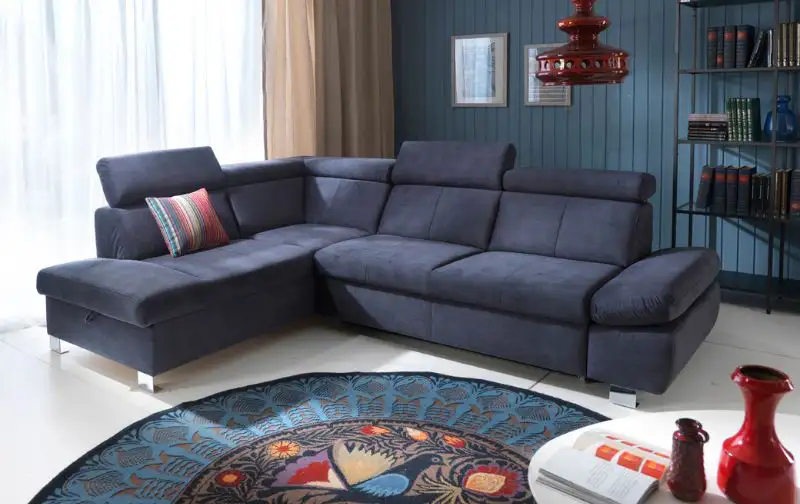
There are endless possibilities when it comes to versatility in sofas, such as those with adjustable headrests, footrests, reclining sofas, and sofa beds. Modular sofas provide very flexible sofa options, as they allow you to reorganise your room according to your needs, and you can optimise your space through the clever placement of the furniture.
There are also a multitude of sofas with built-in storage, for example, sofas with drawers or compartments under the seats. These are ideal for storing cushions, blankets, books, board games, candles, and any other items you may wish to access.
A sofa is built for comfort
Comfort is king when it comes to your sofa. There is nothing quite like sinking into your sofa after a busy day or when relaxing with friends and family.
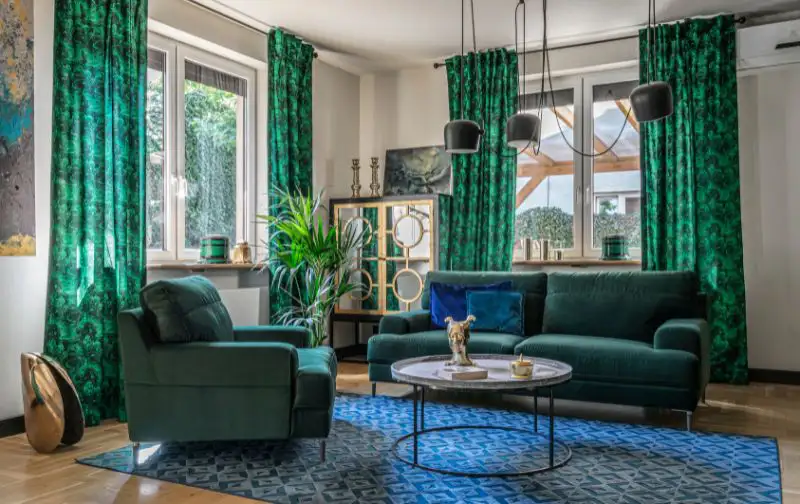
When it comes to weighing up the comfort factor for your sofa there are a few key things to remember:
- Seating options: Depending on your personal preferences, the firmness of your cushioning options will impact the feel of your sofa.
- Seat depth: The deeper your sofa seat is, the more you can stretch out.
- Back support: Select a sofa that will provide you with enough back support to allow you to sit comfortably for several hours. A low-backed sofa will allow you to recline, and a high-backed sofa will enable you to sit upright comfortably, which is also great for your posture!
- Seat height: Your sofa is the correct height if you can sit comfortably while resting your feet flat on the floor with your knees at a 90-degree angle.
- Armrests: Armrests will impact your overall comfort level, and their height, width, and padding will make a big difference to the general feel of your sofa.
- Upholstery material: There are a huge variety of upholstery options that will reflect your style and taste, and they will also influence the comfort of your sofa. For example, if you live in a colder climate, choose heavier and more luxurious fabrics to keep you cosy and choose linen or cotton if you live in a warmer climate.
- Size and scale: Pick your sofa to suit the size of the space available to you. A sofa that is too large will overpower the room, and one that is too small will be lost in the space.
Finding the perfect balance between comfort and versatility in a sofa depends on many factors, such as style, frame, upholstery, and design. When exploring sofa options, factor in the function, materials, size, and shape of the sofa, and most of all, consider its functionality and whether it will fit into your lifestyle. Perhaps inventor Steve Jobs put it best when he once said, “Design is not just what it looks like and feels like. Design is how it works,” and this is particularly true when it comes to finding the ultimate sofa for your space.
Intrigued to find a sofa that not only looks good but also works best for your lifestyle? We invite you to explore our thoughtfully curated sofa collection. Designed with both aesthetics and functionality in mind, you’re sure to find the perfect fit for your space. Start your sofa search now.
Nicola O'Sullivan holds the position of PR Manager and Interior Design Writer at Corcoran's Furniture, where she applies her sharp eye for interior design. She is in the process of earning a diploma from the globally recognised Interior Design Institute, further enhancing her expertise in the field.



